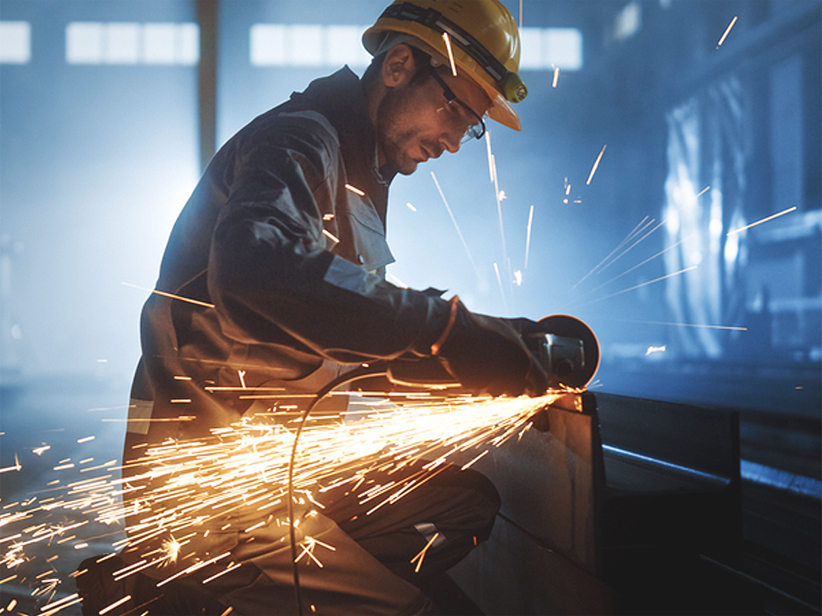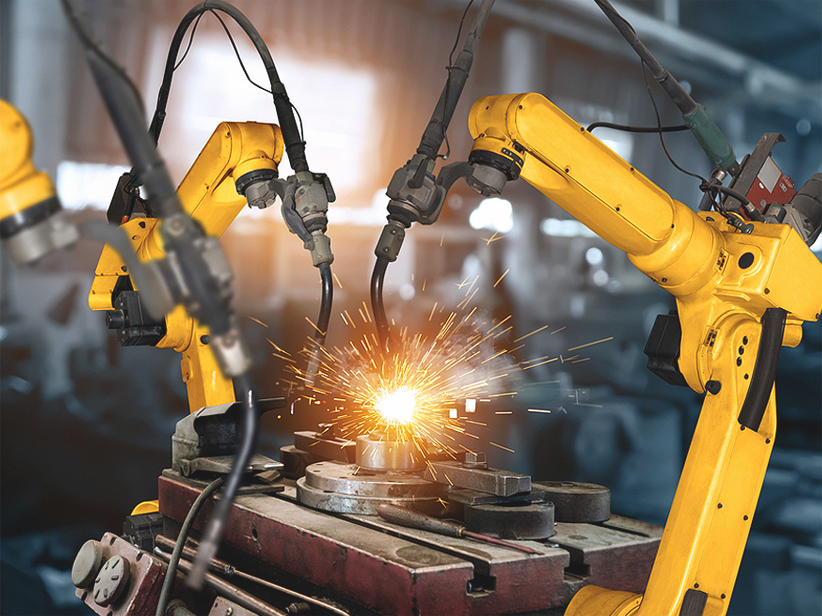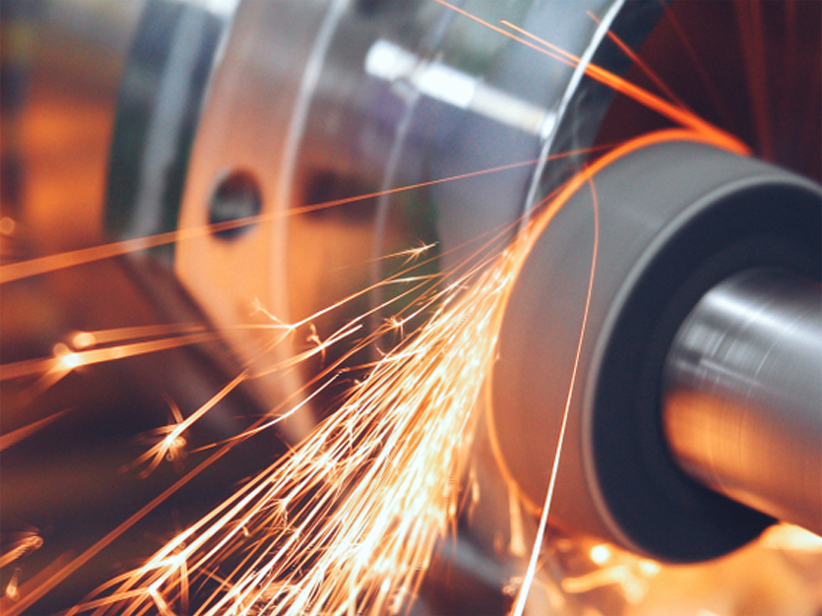Unleashing The Power Of Steel Processing – How Is Stainless Steel Made
Over time, stainless steel has been picked up by various industries around the world due to its favorable properties, such as corrosion resistance, cost-efficiency, durability, and more. It is now a popular product utilized in construction work, agricultural applications, kitchen appliances, and even for containing biochemical products. With its vast array of usability, it is common to wonder how this alloy is made and processed in the first place.
The following article will discuss stainless steel processing to provide more insight. It will begin with how raw materials are melted to shape them into a finished product for industrial consumption.
Before diving into the processing part, it is essential to understand what goes into the stainless steel, making it a versatile alloy. Some metals are used to produce stainless steel: nickel, iron ore, chromium, silicon, and molybdenum, among many others. Various proportions of the specified materials create different types of stainless steel with unique properties distinguishing them from one another.
Stainless Steel Processing And Production
The stainless steel that is used across various sectors has to go through multiple layers of processing to be the end product. The following section will elaborate on each of the production steps for the versatile alloy.
At the very beginning, raw materials are placed inside an electric furnace, where it is heated up to their melting point. It can take up to 8 to 12 hours for the whole process to complete. Once that is done, the excess carbon impurities are removed by filling the furnace with argon and oxygen.
The pure steel is then cast into various shapes using a mold as per the requirement.
As soon as the stainless steel begins to cool down, it is formed by rolling through a roller to stretch it into thin layers. This brings it down to the re crystallization temperature, which can then be transformed into sheets, blooms, billets, and more.
Heat treatment is applied to relieve the stress from the form of metal. The method used in the process is called annealing, where the alloy is heated up to a temperature above crystallization in a controlled environment. This way, the metal retains its protective oxide layer.
The stainless steel is then cut into various shapes using different cutting methods catering to the requirements. For instance, laser cutting is used to make precise and intricate designs, shears are used to shape out thick pieces of stainless steel, and more. Additionally, the manufacturers can create custom shapes using CNC punches.
Finally, various surface finishes are used to give it the intended look. It can also alter the steel’s properties according to the industrial needs.
In most cases, the steel undergoes rigorous grinding and polishes to obtain a smooth and impurity-free exterior.
Before sending out the end product, it is analyzed thoroughly for quality control to ensure that every piece is as precise as possible. Moreover, the steel has to meet certain standards determined during the process. Here is a list of tests that are applied during the inspection of the metal.
- Mechanical testing: To determine its ability to handle loads, stress, and impact.
- Chemical testing: To analyze its components and other attributes chemically to check whether it meets the quality standard.
If an issue arises with the finished product, it will be immediately held back as most manufacturers would want to supply premium quality products.
This summarizes everything there is to know about the production and processing of stainless steel. If you want to purchase any product made out of the alloy, visit us at Venuswire India.
We provide a wide array of stainless steel products for all king needs.







